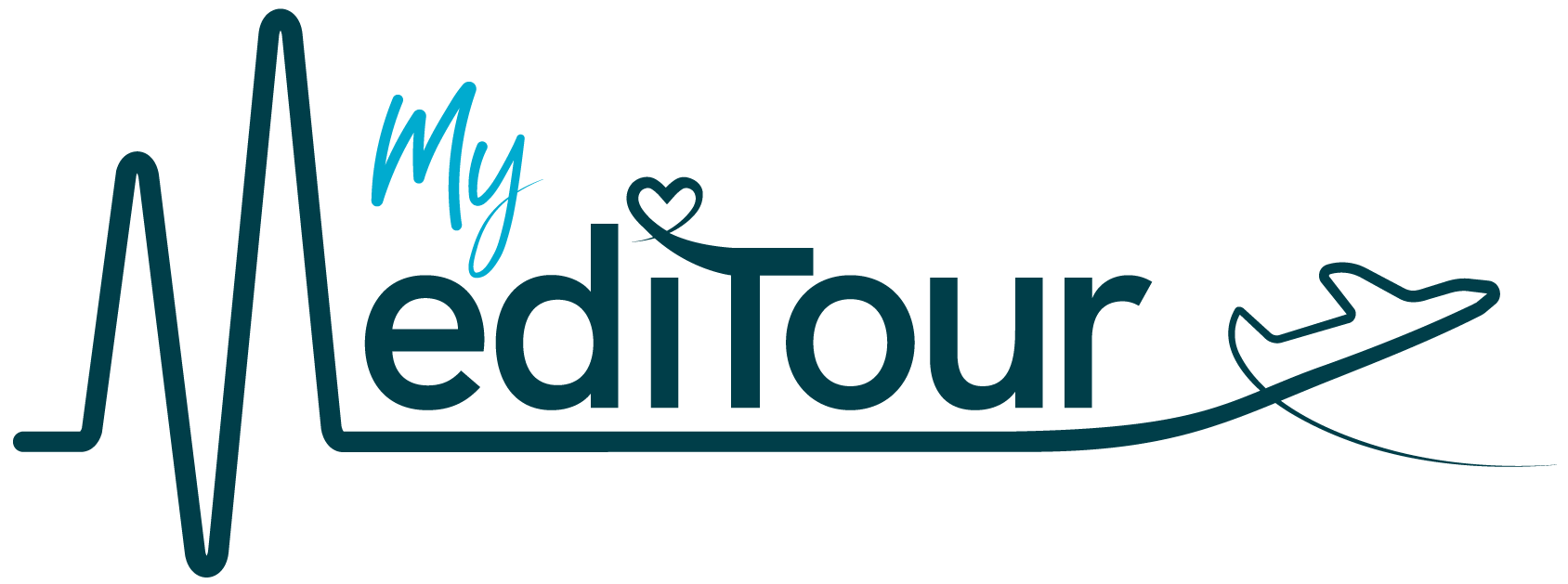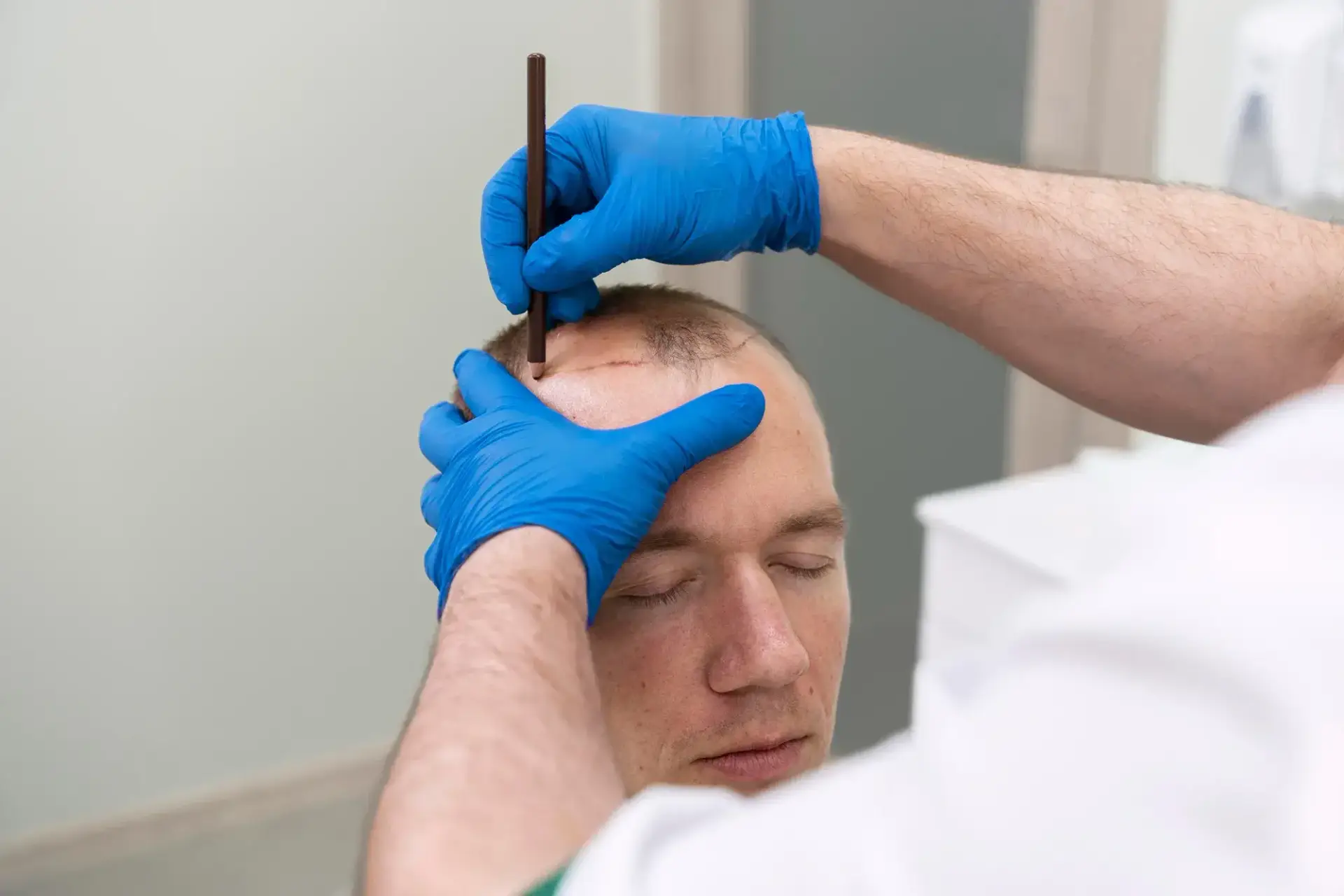Thinking about restoring your hairline abroad? Costa Rica has become a go-to destination for men and women seeking high-quality, affordable hair restoration with a side of tropical sunshine. This guide walks you through everything—techniques, candidacy, costs, how to choose a clinic, what recovery feels like, and how to plan your trip—so you can make a confident, well-informed decision.
Why Costa Rica for Hair Restoration?
- International-standard care at lower prices: Modern clinics, English-speaking medical teams, and outcomes comparable to North America/Europe, often at 40–70% lower total cost.
- Experienced surgeons: Many physicians trained or certified with international societies and use microscopic graft preparation and strict graft-handling protocols.
- Ease of travel: Well-connected flights into San José (SJO) and Liberia (LIR), medical-tourism-savvy hotels, and clinic-provided transfers.
- Recovery-friendly setting: Warm climate, quality accommodations, and plenty of quiet spaces to rest during the first week.
Good to know: Always verify a surgeon’s personal experience (years in hair surgery, cases per year, and before/after portfolio) rather than relying on clinic marketing alone.
Are You a Candidate?
You’re likely a good candidate if you have:
- Pattern hair loss (male/female androgenetic alopecia) with a stable medical history.
- Adequate donor supply at the back/sides of the scalp (or beard/chest hair for select cases).
- Realistic goals about hairline design and density.
You may need a different plan if you have: active scalp disease, uncontrolled medical conditions, unrealistic density goals, or very limited donor hair. A reputable clinic will offer medical therapy (finasteride/minoxidil/low-level laser) or staging the transplant over time.
Techniques Explained (FUE vs. FUT vs. DHI)
FUE (Follicular Unit Excision)
- Individual grafts are punched and extracted.
- Pros: No linear scar, quicker gym return, flexible hairstyles.
- Cons: Shaving often required; overharvesting can thin the donor if poorly planned.
FUT/Strip (Follicular Unit Transplantation)
- A narrow strip is removed; grafts are dissected under microscopes; the donor is sutured.
- Pros: Efficient for large sessions, preserves surrounding donor hair.
- Cons: Linear scar (usually hidden), slightly longer wound care.
DHI (Direct Hair Implantation)
- A variation of FUE where grafts are placed with implanter pens.
- Pros: Precise angle and direction; can minimize out-of-body time.
- Cons: Similar fundamentals and outcomes to well-done FUE; success still depends on the team.
Which is “best”?
Outcomes depend more on planning, graft handling, and team skill than on the acronym. Choose the surgeon, not just the technique.
What Happens During a Hair Transplant (Step-by-Step)
- Design & planning: Hairline mapping, donor assessment, graft number estimate (e.g., 1,800–3,000+ for hairline/temples; crown often needs more).
- Preparation: Photos, trimming (FUE), local anesthesia, mild oral sedation.
- Harvesting: FUE punches or FUT strip; grafts kept in chilled, sterile solution.
- Site creation: Surgeon makes recipient sites controlling angle, direction, and density.
- Placement: Technicians or surgeon/tech team place grafts with forceps or implanter pens.
- Dressings & instructions: You’ll leave with a care kit and detailed aftercare.
Time in chair: 5–9 hours for typical sessions; megasessions may span 2 days.
Expected Results & Timeline
- Days 1–7: Redness, tiny scabs; sleep head elevated.
- Weeks 2–6: Transplanted hairs shed (normal!).
- Months 3–4: Early regrowth; texture is thin and fuzzy.
- Months 6–8: Noticeable improvement; style starts to cooperate.
- Months 12–15: Final density and caliber; subtle refinements can continue.
Risks & How Clinics Reduce Them
- Common: Swelling, redness, temporary shock loss, ingrown hairs, folliculitis.
- Less common: Poor growth from graft trauma/overheating/drying, unnatural hairline, donor depletion.
- Minimization: Proper graft hydration, gentle handling, realistic density per cm², conservative donor planning, and surgeon-led site creation.
Cost of Hair Transplants in Costa Rica (Typical Ranges)
Hair transplants in Costa Rica typically range from USD 2,800 to USD 4,500 for an average session of around 2,000–3,000 grafts, with the total price varying based on the number of grafts required, the technique used (FUE, DHI, or FUT), the size of the treatment area, and the surgeon’s experience. Smaller procedures for mild thinning can start around USD 2,000–2,500, while more advanced restorations with a higher graft count or specialized techniques may reach USD 5,000 or more. Many clinics offer packages that include consultation, anesthesia, post-operative care, and follow-up visits, making the treatment both affordable and convenient for international patients seeking natural-looking results at a lower cost compared to the U.S. or Canada.
Important: Prices vary by surgeon reputation, technique, graft count, anesthesia, add-ons (PRP, exosomes), and aftercare. Use these as orientation ranges, not quotes.
| Procedure | Typical Range (USD) | Notes |
|---|---|---|
| FUE (1,500–2,500 grafts) | $3,200 – $6,200 | Many hairline/front-third cases fall here. |
| FUE (2,500–3,500+ grafts) | $5,000 – $9,000 | Larger sessions and crown work cost more. |
| FUT (strip) | $3,000 – $7,000 | Efficient for higher graft numbers. |
| Beard/eyebrow FUE | $1,800 – $3,500 | Smaller, specialized work. |
| PRP add-on (per session) | $150 – $400 | Optional biologic support. |
Per-graft estimates: roughly $1.5–$3.0 per graft in Costa Rica, with premier surgeons at the higher end. A personalized plan after an online consult is the only way to get a precise quote.
How Many Grafts Do I Need?
- Conservative hairline & temples: 1,200–1,800 grafts
- Hairline + mid-scalp: 2,000–3,000 grafts
- Crown (variable): 1,500–3,500+ grafts depending on size and hair characteristics
- Scar repair / touch-ups: 300–800 grafts
Thickness, curl, and contrast between hair and skin can make fewer grafts look fuller. Your surgeon will simulate density to match your goals and donor limits.
Choosing a Clinic in Costa Rica: A Checklist
- Surgeon credentials: Ask who designs the hairline, creates the sites, and supervises graft handling.
- Case volume & photos: Look for many consistent, well-lit before/after sets with angles and close-ups, not just a few “hero” cases.
- Graft accounting: Transparent documentation of harvested vs. placed grafts.
- Team stability: How long have the technicians worked together?
- Anesthesia & safety: Emergency protocols, sterile processing, and peri-operative medications.
- Donor management policy: Conservative extraction patterns and long-term planning.
- Aftercare support: Clear instructions, virtual follow-ups at 1, 3, 6, and 12 months.
- Contracts & inclusions: Does the package cover meds, shampoo kit, PRP, hotel, and transfers?
Top Areas to Consider
- San José & Escazú: Largest concentration of private surgical centers and medical-tourism hotels; easy airport transfers.
- Guanacaste (Liberia): Ideal if you want a resort recovery; fewer specialized clinics—many patients still fly into SJO for surgery and rest by the coast afterward.
Pre-Op Preparation
- 3–4 weeks out: Stabilize shedding with medical therapy if advised; stop smoking; disclose all meds.
- 7–10 days out: Avoid blood thinners/NSAIDs/alcohol as instructed; arrange time off work.
- Day before: Gentle wash, hydrate, confirm ride and payment method, pack button-down shirts.
What to bring: loose hat/hoodie (not tight caps), neck pillow, saline spray, microfiber towel, phone/tablet, and entertainment for the clinic day.
Aftercare: What the First Week Looks Like
- Sleeping: 30–45° elevation for 3–4 nights to reduce swelling.
- Washing: Clinic-specific gentle soak/suds/rinse routine begins day 2–3; do not pick scabs.
- Activities: Light walks okay day 2; avoid gym/sauna/pools/alcohol for ~10–14 days.
- Sun: Strict protection; UV can darken redness and irritate grafts.
Sample 7-Day Medical-Tourism Itinerary
- Day 0 (Arrival): Check-in, pre-op consult, labs/photos.
- Day 1 (Surgery): FUE/FUT session; back to hotel with aftercare kit.
- Day 2: First wash at clinic, swelling control; rest/read/stream.
- Day 3–4: Short city walks, light meals, clinic check.
- Day 5–6: Redness/scabs settling; photo check-in.
- Day 7: Clearance to fly; continue remote follow-ups at home.
Alternatives & Adjuncts
- Medical therapy: Finasteride/dutasteride (men), minoxidil (topical/oral per physician), low-level laser therapy.
- PRP/exosomes: May support hair quality; evidence varies—best as an adjunct.
- SMP (Scalp Micropigmentation): Cosmetic camo for thinning or scars.
- Hair systems/wigs: Non-surgical option for extensive loss or limited donor.
Frequently Asked Questions
How long will results last?
Transplanted hair is typically permanent (donor-dominant), but native hair can keep thinning. Most patients stay on medical therapy to preserve surrounding hair.
Will it look natural?
With proper hairline design and micro-/macro-irregularities, yes. Avoid clinics that promise extreme density in one go—overpacking risks poor growth.
Is FUE scarless?
No. FUE creates thousands of tiny dot scars spread out; FUT creates a single linear scar. Both are usually well-hidden with normal hair length.
How painful is it?
You’ll feel numbing injections; most describe the procedure as pressure/tugging. Post-op discomfort is typically mild to moderate for 24–72 hours.
When can I work out?
Light cardio at 10–14 days; heavy lifting/sauna/swimming usually after 2–3 weeks (follow your surgeon’s timeline).
Can women get hair transplants?
Yes—especially for high hairlines, part-line density, or temple framing—after ruling out diffuse unpatterned hair loss or medical causes.
Red Flags (Walk Away If You See…)
- Guaranteed graft counts without donor assessment.
- Minimal surgeon involvement (technician-run surgery).
- No sterile protocols or vague answers about complications.
- Pressure sales, same-day discounts, or refusal to share full-face, multi-angle photo results.
Ethical & Safety Notes
- Hair transplantation is surgery. Choose clinics that prioritize long-term donor preservation over “max grafts.”
- Bring a full medical history and be open about medications and supplements.
- This guide is informational and not a substitute for medical advice. Always consult a qualified physician.
Quick Summary (If You’re Skimming)
- Costa Rica offers high-quality, affordable hair transplants with modern FUE/FUT/DHI techniques.
- Expect $3k–$9k for typical sessions depending on grafts/technique/surgeon.
- Best results come from conservative planning, surgeon-led design, and meticulous graft handling.
- Plan a 7-day trip for surgery + initial recovery and follow detailed aftercare for optimal growth.
Contact MyMediTour for more details.




